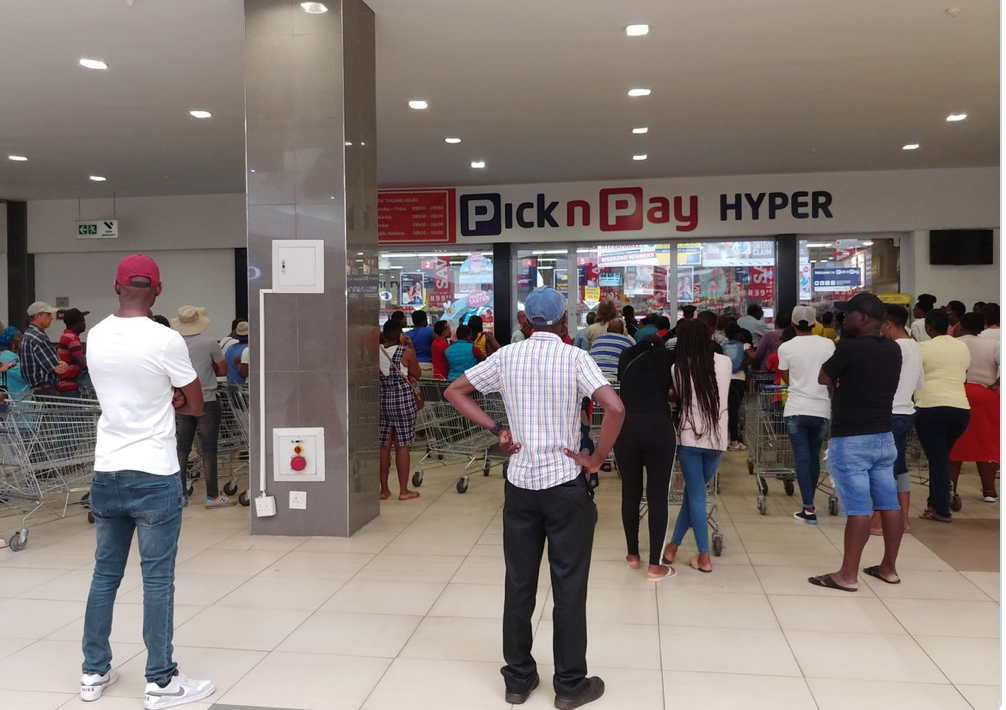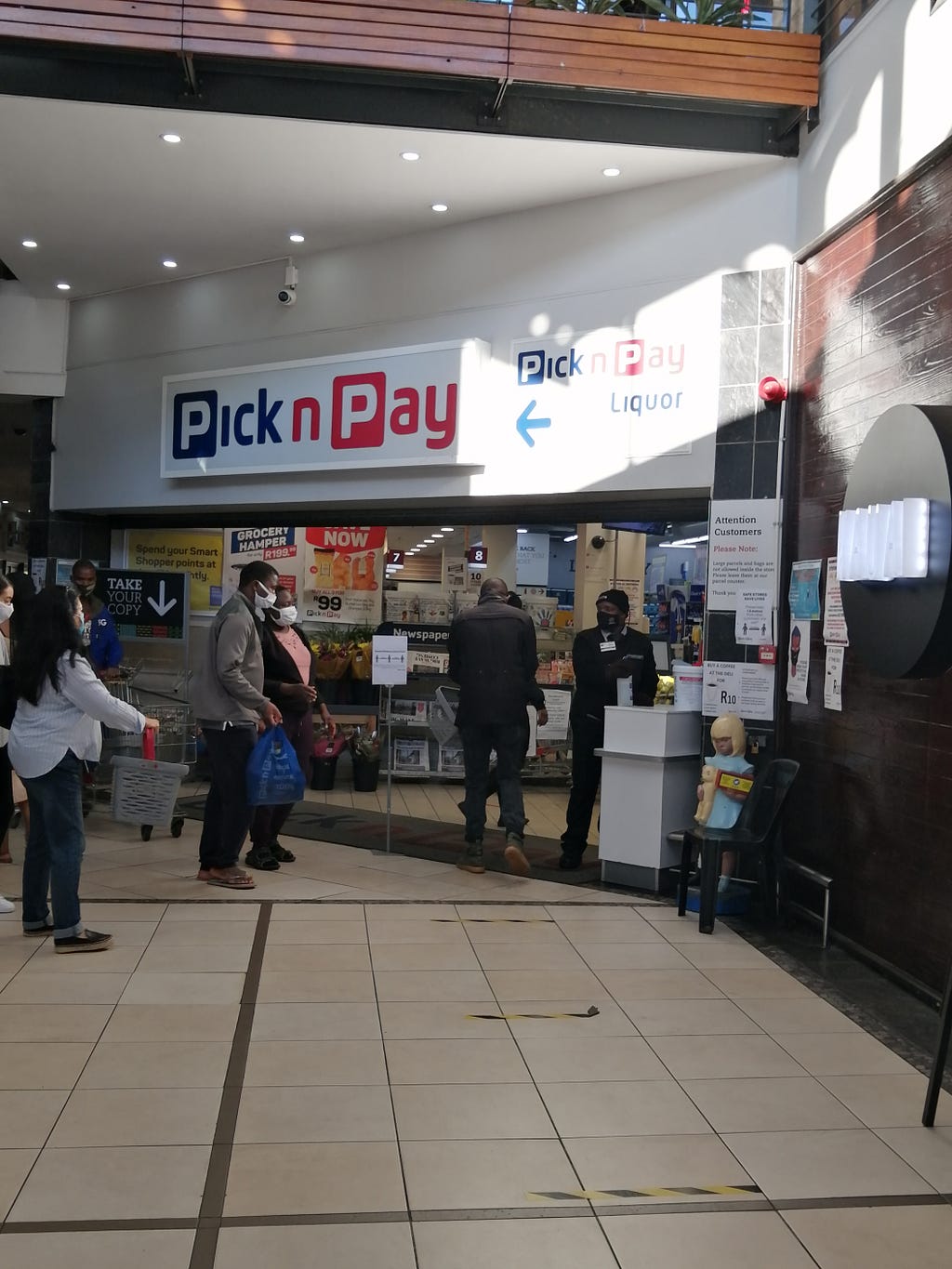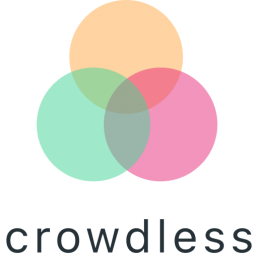Community Ambassador Blog: Sandiswa Mapukata - Observing social distancing in South Africa; a privilege for the few
by: Sandiswa Mapukata, Campaigner for Social Justice and Sustainable Urban Development Researcher, Johannesburg, South Africa
@Sandiswa_17

I am a young South African working for an urban research institute based in Johannesburg. I am incredibly passionate about social justice and sustainable urban development.
In early March 2020, I received the wonderful news that I had received an offer for the LSE’s MPhil/PhD programme in Human Geography and Urban Studies. At that stage, I had not yet secured funding but I was not worried as I knew that I had more than enough time to secure some. Within three weeks, my plans for 2020 were upended as the first case of COVID-19 coronavirus was reported in South Africa. By the end of March 2020, South Africa’s president Cyril Ramaphosa had put in place a nationwide lockdown severely restricting movement and trade. This was initially meant to last for three weeks.

We are now more than two months into the lockdown with our government gradually easing us back into whatever normality is possible. I have accepted that I may have to defer my entry into the programme by another year which has been disappointing but understandable given the circumstances.
I think our government has done an amazing job but there have been some flaws with the drafting and implementation of some of the lockdown regulations. With the gradual reopening of the South African economy, there has been a worry around increased exposure to COVID-19. South Africa has yet to reach its peak of COVID-19 infections and related deaths. We are expected to reach the peak of our infections in late August/ early September. However, our government has largely succeeded in buying enough time to manage the anticipated caseload through our already strained healthcare system.
People who reside outside of middle-class areas will struggle to observe social distancing
Given South Africa’s socio-spatial history, people based in middle-class areas are better placed to practice social distancing than those who are not located in these areas. People based in townships and informal settlements (who constitute most of South Africa’s essential workers) find it more difficult to practice social distancing and often have to risk their health to take public transport to their jobs in supermarkets based in more privileged areas.
Shopping in the middle-class Capetonian suburb in which I am currently based, has been relatively easy. It has been fairly easy to practice social distancing whilst accessing essential items. The supermarkets in my area have been consistent with practicing social distancing. A set number of people are allowed into the supermarket and once that number has been exceeded then individuals have to stand outside in a queue. Once you get to the front of the queue, a security guard disinfects your trolley and offers you some hand sanitizer before you enter.
How Crowdless can help
I first heard about the Crowdless on Twitter. At the time, South Africa had just started its nationwide lockdown so I was really happy to hear about the existence of an app that would allow me to practice social distancing whilst getting essential goods.
Another reason why I was drawn to the app was because I was interested in how the app may assist people who live in marginalised areas to practice social distancing. It is important to note that with apartheid-era spatial design, individuals who don’t live in areas that were historically designated for white people are more likely to struggle with social distancing because their spaces were not designed to enable social distancing.

As the lockdown progressed, it became apparent that informal settlements and townships had become hotspots for police brutality under the guise of enforcing social distancing. It was with this in mind that I became interested in understanding how an app like Crowdless could be used by informal settlement and township residents to protect themselves and their family members whenever they had to get essential items from supermarkets.
This interest was the primary motivator behind my signing up to become a Crowdless Ambassador. Currently, I am busy engaging with various individuals who may be able to promote the use of the app on a wider scale. I do hope that my role will grow to one where I play a key role connecting key stakeholders with the Crowdless team to facilitate discussions around how the Crowdless app may be used as a tool for social justice in the South African context.
It will also be great to have other ambassadors on the ground promoting the app within several South African communities. An app like Crowdless will serve an important role in helping South Africans to reduce their exposure to COVID-19. One way the app will assist is through the feature which enables users to provide live updates of the busyness of supermarkets. Being able to choose favourite stores is also a great feature which will empower users to find information related to the busyness of the stores which they mostly buy from.
I have also had conversations with members of the team around allowing users to provide information on whether a store has been closed due to staff members testing positive for COVID-19. I think that this is a critical feature which will empower South Africans to choose which supermarkets to go to as they try to keep themselves.
Download Crowdless on iOS or Android today: crowdlessapp.co/app.
Blog: Observing social distancing in South Africa; a privilege for the few. was originally published in Crowdless on Medium, where people are continuing the conversation by highlighting and responding to this story.
Community Ambassador Blog: Adam Sidbury — How I’m supporting local businesses and the vulnerable…
Community Ambassador Blog: Adam Sidbury — How I’m supporting local businesses and the vulnerable during the pandemic
Crowdless was created to help people shop more safely during the COVID-19 pandemic. The free app helps you to maintain social distancing by allowing you to choose the least busy time to shop.
We know that maintaining social distancing is key to halting the spread of the coronavirus.
To support communities during the pandemic we asked for volunteers to come forward, as Crowdless Community Ambassadors. They were asked to play two roles: firstly, to spread the word and encourage users to contribute information on crowdedness in stores they visit to improve safety in their local communities, and (2) to help onboard local stores so we can support them by providing free publicity during these challenging times.
We are delighted to share the stories of our Community Ambassadors.

ADAM SIDBURY: When the lockdown started in March, the local community spirit strengthened because we were no longer allowed to go out except for essentials (unless your name is Cummings). Many of us preferred not to go out to the shops at all because of the queues, so we decided to set-up a street group with the objective of supporting local suppliers and having our food delivered.
At this time, only vulnerable people were able to get regular home deliveries from the main supermarkets so this was a solution that worked for us and supported the local retailers who had just seen all their business with local restaurants and cafés vanish overnight.
We found a local fruit and veg retailer, a butcher and a baker (sadly no candlestick maker required), all of whom had just lost the bulk of their business and were struggling making lots of small deliveries to local homes. I created a shared Google spreadsheet and we used a WhatsApp group to communicate.
My neighbours entered their food requirements onto the spreadsheet each week. It then produced a set of pick and pack labels that I emailed to each supplier every Tuesday morning. Our group rapidly grew to include some other locals and a vulnerable couple living close by.
Then either on the same day or on the Wednesday morning, the three suppliers delivered to my garage. I kept our neighbours informed on arrival times using our WhatsApp group and they walked around to collect their goods.
The final part was me paying the suppliers and collecting the money back from each neighbour. Most paid me with a bank transfer and a couple posted cheques through my letterbox.
We operated this system successfully for eleven weeks and completed our final orders last week. We stopped because the volume of orders was reducing as people ventured out again and more home delivery slots became available from a wider variety of the larger retailers. It was also quite a bit of work for me to organise.
I first heard about Crowdless soon after its launch after reading an article in the local press and thinking what a great idea!
In fact, so, good that I volunteered to be a community ambassador to help spread the word. It’s a bit like face masks in that the more people who use it, the better protected everyone becomes. I have been encouraging neighbours to use the feedback mechanism on the app when they visit a shop to help improve accuracy. It only takes a second and you can do it in the queue!
I like the simplicity of the app and how easily it gets me to the least crowded local shop.
I have been promoting Crowdless in my community because I am sure there are lots of people like me who prefer to avoid queues and crowded shops. Most shops are limiting the number of customers inside which inevitably means queues at busier times. Unless you have a particular passion for queuing (at 2m apart of course) I can’t think why you wouldn’t use the app to find a convenient but less busy shop or time to visit.
I have been using the latest version of Crowdless for a few days now and I like the new design, the favourites list which allows you very quick access to the stores you have selected and the fact that it’s still so quick and simple to use with its red, orange, green traffic light ratings system.
It’s all very good trying to stay 2m away from people, but if you check Crowdless before you leave home, it’s going to be an awful lot easier to keep physically distanced if the shops aren’t busy. And as a bonus, I suspect we all get much better customer service when shops aren’t busy.
Download Crowdless today from the App Store or Play Store.
Community Ambassador Blog: Adam Sidbury — How I’m supporting local businesses and the vulnerable… was originally published in Crowdless on Medium, where people are continuing the conversation by highlighting and responding to this story.
